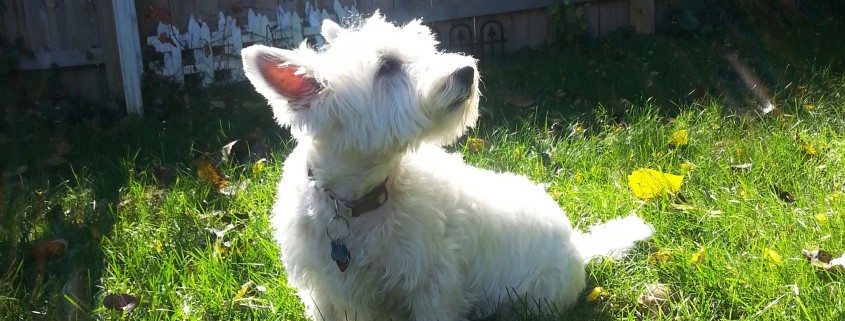Cataracts in Dogs
Cataracts are recognizable because they are defined as the discoloration of the lens in a dog’s eye. Many pet parents confuse nuclear sclerosis (the hardening of the lens) with cataracts because it can also produce the cloudy color in a dog’s pupil. Nuclear sclerosis is very common and nearly all geriatric dogs experience it. Cataracts and nuclear sclerosis are not serious conditions. They are usually are passed genetically and some breeds of dog, particularly toy dogs like Bichons are predisposed. Dogs can also develop cataracts from diabetes so it is a good idea to have your dog checked by your vet if you notice changes in their eye to make sure there is not an underlying problem. Cataracts are not painful or dangerous so the only problem a dog could face from their progression is blindness. The only way to cure cataracts is surgery. Your veterinarian can operate on the dog’s eyes to replace their discolored lens with an artificial lens to restore their vision. Most pet parents do not chose to put their dog through surgery, especially if the dog is geriatric or if they can still see out of one eye, but the procedure is typically very successful.
Studies
The curious case of a canine cataract: new insights into aging in dogs.


